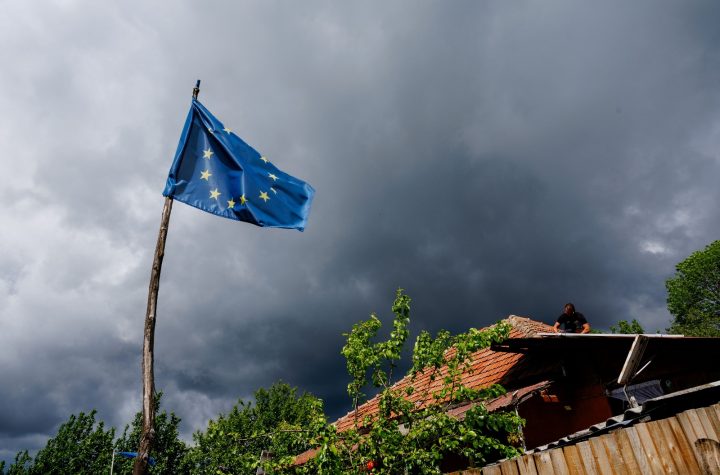
LONDON (ICIS)–The successful liberalisation of the Romanian gas market will depend on defining the category of vulnerable consumers and educating the population about the implications of deregulation, a Romanian gas market specialist told ICIS on Monday.
Dumitru Chisalita, president of the Romania-based Asociatia Energia Inteligenta said the country had committed to lift a price cap on domestically produced gas by April 2021, but added that unless the government defined who could receive state aid to foot electricity and natural gas bills after that date, the market may still not be fully liberalised.
Last December, the Romanian government decided to cap domestically produced gas prices, partly amid concerns that a rise in tariffs to end consumers would lead to widespread social convulsions similar to the Yellow Vest protests which gripped France throughout 2018.
However, the measure, which was enforced in May proved controversial and prompted the European Commission to start infringement proceedings against Romania.
In response, the Romanian government came up with a new liberalisation programme, which foresees full market deregulation from 1 April 2021. It argued that the deregulation would lead to higher prices and therefore a longer period of time was needed to prepare the sector ahead of that date.
Many companies have questioned why the government would need such a long transition period, noting that the price cap, which led to a higher Romanian dependence on expensive imports, had been introduced overnight.
However, since the government is now to be replaced with a new administration following a no-confidence vote earlier this month, it is unclear what the agenda of a possible new caretaker government may be.
Chisalita, who conducted numerous studies on vulnerable consumers, said incoming ministers should pursue a number of tasks in the run-up to the 2021 liberalisation date.
Firstly, he said, they should define who could be eligible to receive state aid for electricity and gas bills. Romania has enjoyed one of the highest GDP growth rates in the EU in recent years, but nearly 10% of the country’s household consumers may still require support to pay their bills.
“If you liberalise the market on 1 April 2021 and haven’t defined the vulnerable consumer by that date, you’ll most likely have to regulate the price on 2 April 2021,” he said.
Secondly, he said the government should devise a system of incentives and penalties that would ultimately ensure that the number of vulnerable consumers would be reduced over time.
Chisalita said a previous government had established a budget in 2013, which was designed to raise necessary funds from windfall taxes paid by producers. The money was expected to be spent on helping vulnerable consumers pay their bills.
However, he noted that the cash had been used by all ensuing governments to plug budget gaps.
Thirdly, he said the government and the regulator ANRE should invest money in educating the population about the implications of market deregulation to avert any possible backlash.
Dr Aura Sabadus, Senior journalist, ICIS, RELX





More Stories
A început numărătoarea inversă către atingerea dezideratului „zero case fără energie electrică”Asociația Energia Inteligentă implementează o nouă etapă de „Energie pentru Viață”
ZILELE PREVENIRII DEZASTRELOR TG JIU 31 MAI- 2 IUNIE 2024
Energia în programele candidaților din București
NOUA ECONOMIE. Provocările sectorului energetic și schimbările climatice